10 Common Logo Design Mistakes and How to Fix Them

A logo is more than just a visual identity; it encapsulates a brand's essence and plays a crucial role in its recognition. However, the journey to creating an effective logo is fraught with potential pitfalls. Many designers, both novice and experienced, often stumble on several common logo design mistakes that can undermine the impact of the brand they aim to promote. These errors range from overcomplicating designs to neglecting the adaptability of the logo across different mediums. Understanding these mistakes is pivotal to developing a logo that not only captures attention but also conveys the right message to its target audience.
In this article, we will explore the top ten common logo design mistakes and provide practical advice on how to fix them. By recognizing these common errors early on, designers can refine their approach, ensuring that their final product resonates well with the brand's values and audience expectations. Let's dive into these pitfalls and learn how to avoid them to create logos that stand the test of time and enhance brand identity.
Overcomplicating the Design
One of the most prevalent common logo design mistakes is overcomplication. A complex logo can confuse the audience, making it hard to recognize and remember. To fix this, focus on simplicity. Start by stripping down the design to its basic elements. Ask yourself what is essential for conveying the brand's message and eliminate any superfluous features. Utilize clean lines and limit the number of shapes and elements. Remember, a simple logo is not only more recognizable but also more versatile across different mediums.
It prints clearly, scales well, and remains effective whether viewed on a billboard or a business card. Additionally, simplicity in design can translate to a stronger brand identity, as it allows the logo to be easily associated with the brand without the clutter of unnecessary details. By simplifying the design, you ensure that the logo serves its primary function: to be the face of the brand across all platforms.
Using Too Many Colors
Using too many colors is another common mistake in logo design that can lead to visual confusion and increased production costs. To correct this, limit your color palette to two or three colors that align with the brand’s identity. Choose colors that stand out even when viewed from a distance or when scaled down. A restricted color scheme not only enhances brand recognition but also ensures consistency across various media. Consider the psychological impact of colors and select those that evoke the desired emotional response from the target audience.
For example, blue can evoke trust and dependability, while green might convey growth and freshness. Testing the logo in black and white is crucial; this ensures that it remains effective in prints that do not support color and helps maintain visual integrity in all usage scenarios. Reducing the color count not only refines the logo's appearance but also simplifies its reproduction, making your design more practical and professional.
Relying on Trends
Relying heavily on current design trends is a common logo design mistake that can lead to a logo quickly becoming dated. While incorporating modern elements can make a logo appear fresh and relevant, overly trendy logos may not stand the test of time. The key to fixing this issue is to aim for a balance between trendiness and timelessness. Evaluate which trends align with the brand’s core values and could reasonably represent the brand for years to come. Incorporate elements that are not only stylish but also meaningful to the brand's narrative.
Designers should focus on originality and authenticity rather than merely fitting in with the current fads. By creating a logo with a solid foundation in the brand’s identity, enhanced with, but not dependent on, modern trends, you ensure that the logo remains effective and adaptable as styles change. This approach preserves the logo’s relevance and longevity, securing the brand’s visual identity for the future.

Neglecting Brand Identity
Neglecting brand identity is a critical logo design mistake. A logo must reflect the brand’s ethos, mission, and target audience; failing to do so can result in a disconnection between the brand and its customers. To fix this, start by thoroughly understanding the brand’s core principles and the audience’s needs and preferences. Engage in brainstorming sessions that focus on the brand’s unique attributes and how they can be visually represented. It’s crucial to involve stakeholders in the process to ensure that the logo resonates with all aspects of the brand.
Additionally, conduct market research to understand the visual preferences of the target demographic. This insight will guide the design process, ensuring that the logo not only stands out but also speaks directly to those it aims to attract. By aligning the logo design with the brand identity, it becomes a powerful tool that reinforces the brand’s message and enhances its presence in the competitive market.
Poor Font Choices
Choosing the wrong font can be a significant logo design mistake, detracting from the logo’s effectiveness and clarity. The right font should enhance the brand's message, not obscure it. To fix poor font choices, start by considering the brand's personality and the message it aims to convey. A tech company might benefit from a sleek, modern sans-serif font, while a law firm might prefer something more traditional and authoritative, like a serif font. Avoid fonts that are too trendy or overly decorative, as these can date quickly and reduce readability. It’s also important to test the font at various sizes and in different contexts to ensure it maintains legibility and impact.
For a unique touch, consider customizing an existing font or creating a bespoke typeface specifically for the brand. This can set the logo apart from competitors and ensure that it is perfectly tailored to represent the brand's identity. Ensuring the font aligns with the brand's values and is versatile across all media will significantly enhance the logo's effectiveness.
Lack of Versatility
A common logo design mistake is creating a logo that lacks versatility, meaning it does not function well across different mediums and scales. To fix this, it's essential to design with flexibility in mind. A versatile logo should be effective whether it's displayed on a large billboard or a small business card. Start by creating a simple, clean design that retains its integrity in both color and black and white versions. This ensures that the logo remains effective in various printing scenarios, including inexpensive methods that may not handle multiple colors well.
Additionally, consider the logo’s scalability by testing it in different sizes and on various backgrounds to ensure it remains recognizable and visually appealing. A responsive logo design, which includes different versions for specific uses (like a detailed version for large formats and a simplified version for small sizes), can adapt to various applications without losing its identity. This approach not only increases the logo’s practicality but also strengthens the brand’s presence across diverse platforms.
Copying Competitors
Copying competitors' logos is a common logo design mistake that can undermine your brand’s uniqueness and legal standing. While it might seem like a shortcut to success, mimicking competitors’ designs can result in a lack of differentiation, making it difficult for customers to identify your brand. To avoid this, focus on originality in your design process. Start by conducting a thorough market analysis to understand your competitors' visual strategies but use this information to differentiate rather than imitate. Explore unique color schemes, typography, and symbolic elements that reflect your brand’s identity and values, not those of others.
Engaging with a professional designer can also help to ensure that your logo stands out with an original design that resonates with your audience. Additionally, consider the legal implications of logo design; creating a logo that is too similar to another can lead to trademark disputes. Originality not only avoids legal risks but also positions your brand as innovative and authentic in a competitive market.

Ignoring Feedback
Ignoring feedback is another common logo design mistake that can hinder the effectiveness of a logo. It's crucial to involve others in the design process, gathering opinions from varied perspectives, especially from your target audience. Feedback can reveal unforeseen issues in design, such as unclear symbolism or cultural sensitivities, that you might not have noticed. To fix this mistake, establish a feedback loop early in the design process. Present the logo options to a diverse group of people, including stakeholders, potential customers, and design professionals.
Use their insights to refine your logo, ensuring it appeals to a broad audience and effectively communicates your brand’s message. Additionally, testing different versions of your logo in various real-world applications can provide practical insights that enhance its functionality and impact. By valuing and incorporating feedback, you create a more robust and appealing brand identity that resonates well with your audience.
Not Considering Negative Space
One of the common logo design mistakes is not effectively using negative space, which is the area around and between the elements of a logo. When overlooked, negative space can lead to a logo that feels cluttered or ambiguous. To harness the power of negative space, consider it as an active part of your design rather than a background element. Effective use of negative space can bring balance, structure, and surprise to a logo. For example, the FedEx logo famously uses negative space to create an arrow, which suggests precision and forward direction.
To fix issues with negative space, start by simplifying your design. Remove any unnecessary elements that don't contribute to the logo's message. Then, experiment with the spacing and arrangement of the remaining elements to find a layout that enhances readability and visual impact. This approach not only improves the aesthetic appeal of the logo but also enhances its memorability and effectiveness.
Inconsistent Theming
Inconsistent theming is a frequent logo design mistake that can confuse the audience and dilute brand identity. A logo should be a cohesive reflection of the brand’s values, style, and personality. Inconsistency arises when the logo’s elements—such as color, typeface, or imagery—do not align with the overall branding strategy. To correct this, ensure that every aspect of the logo is developed with the brand’s narrative in mind. Begin by defining a clear brand identity guide that includes your color palette, typography, and core imagery.
This guide should inform all design decisions to keep them aligned with the brand's overarching theme. Review the logo in the context of other brand materials to ensure continuity across all platforms. Consistent theming supports a strong, unified brand presence that resonates clearly and effectively with the target audience, enhancing brand recognition and loyalty.
Conclusion
Avoiding common logo design mistakes is crucial for creating a compelling and effective brand identity. From ensuring simplicity and versatility to embracing originality and consistency, every element of your logo should be thoughtfully considered. Remember, a well-designed logo not only communicates the essence of your brand but also connects emotionally with your audience. By steering clear of these pitfalls and applying the corrective measures outlined, you can craft a logo that stands out in the marketplace and stands the test of time. Take these insights to heart to enhance your brand'se visual impact and market presence.
Let Us Know What You Think!
Every information you read here are written and curated by Kreafolk's team, carefully pieced together with our creative community in mind. Did you enjoy our contents? Leave a comment below and share your thoughts. Cheers to more creative articles and inspirations!

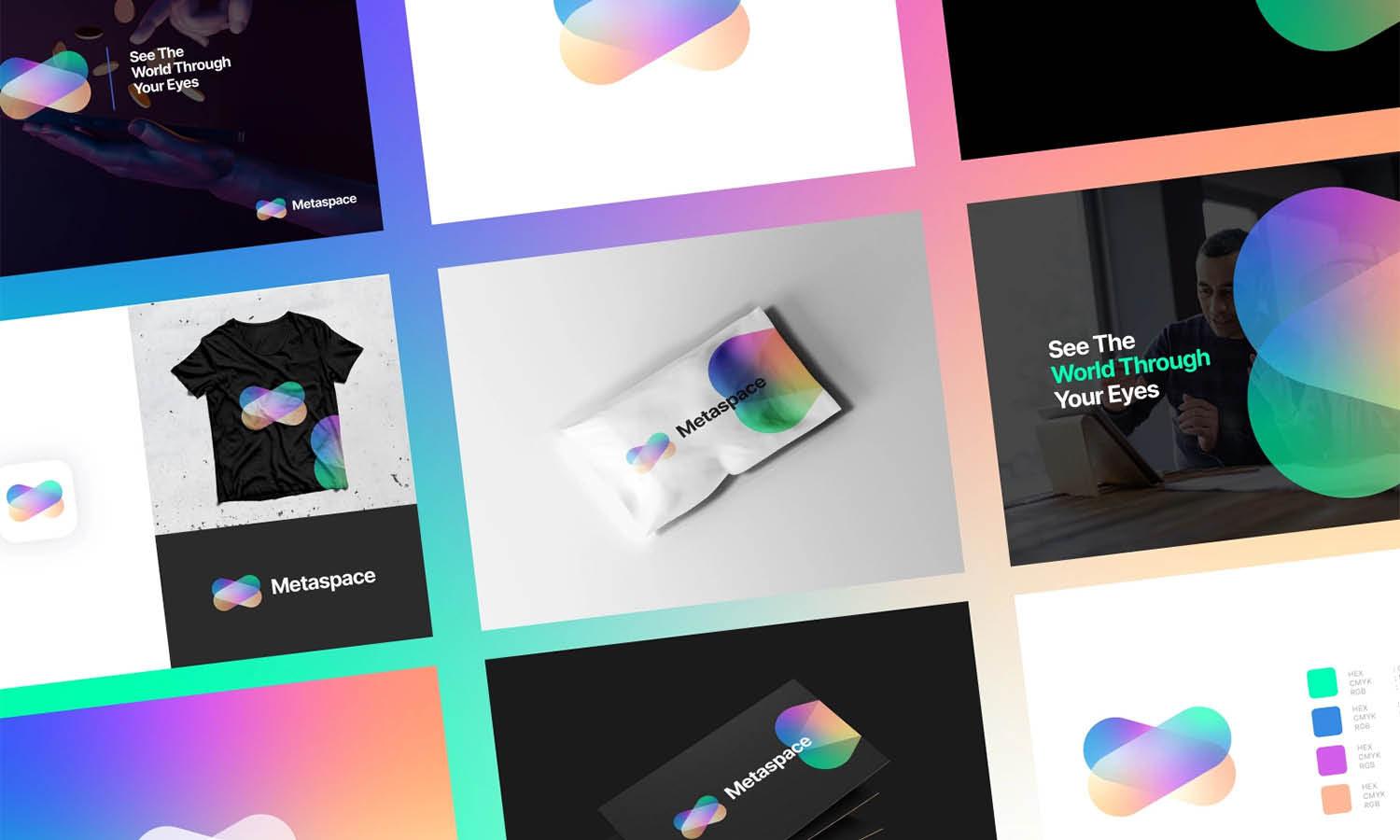

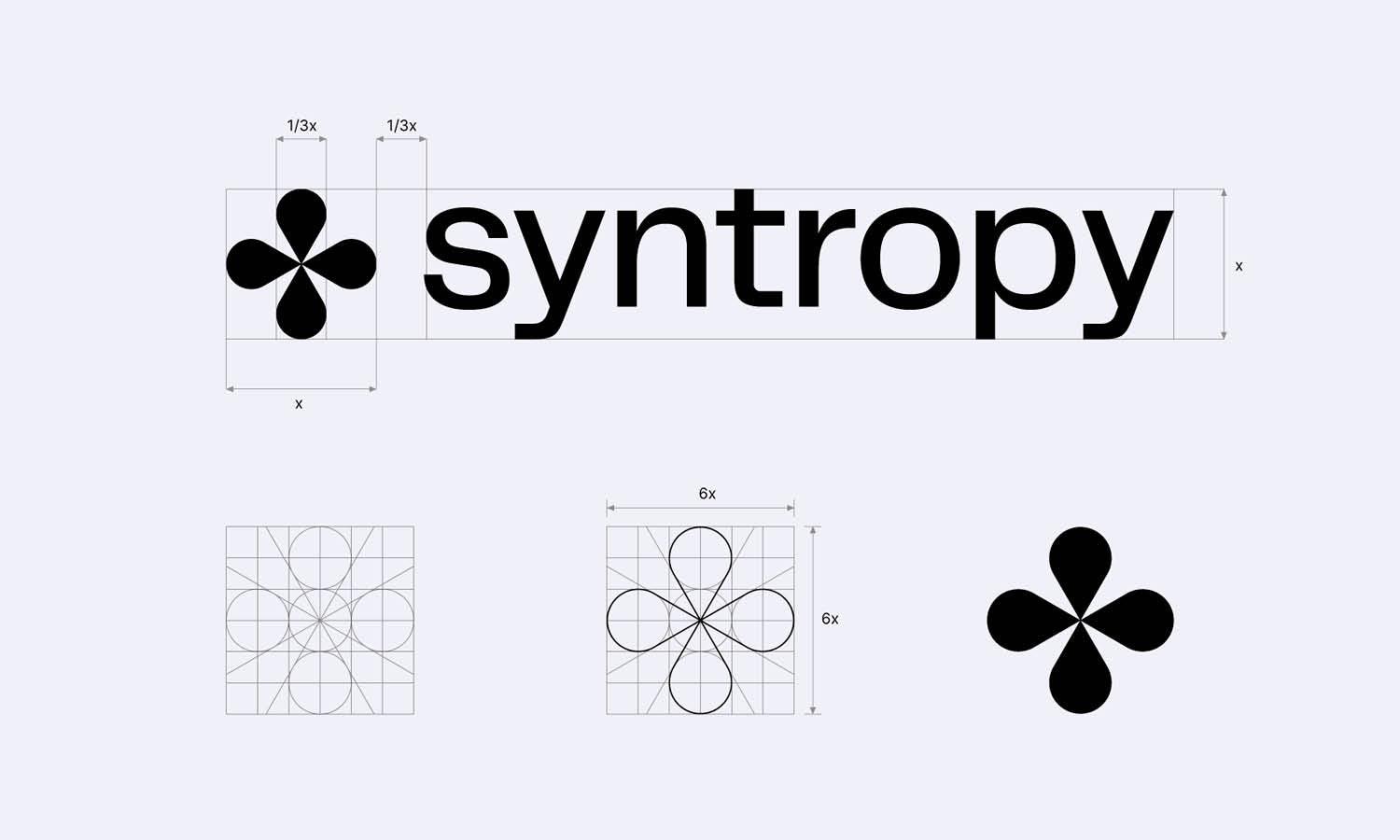
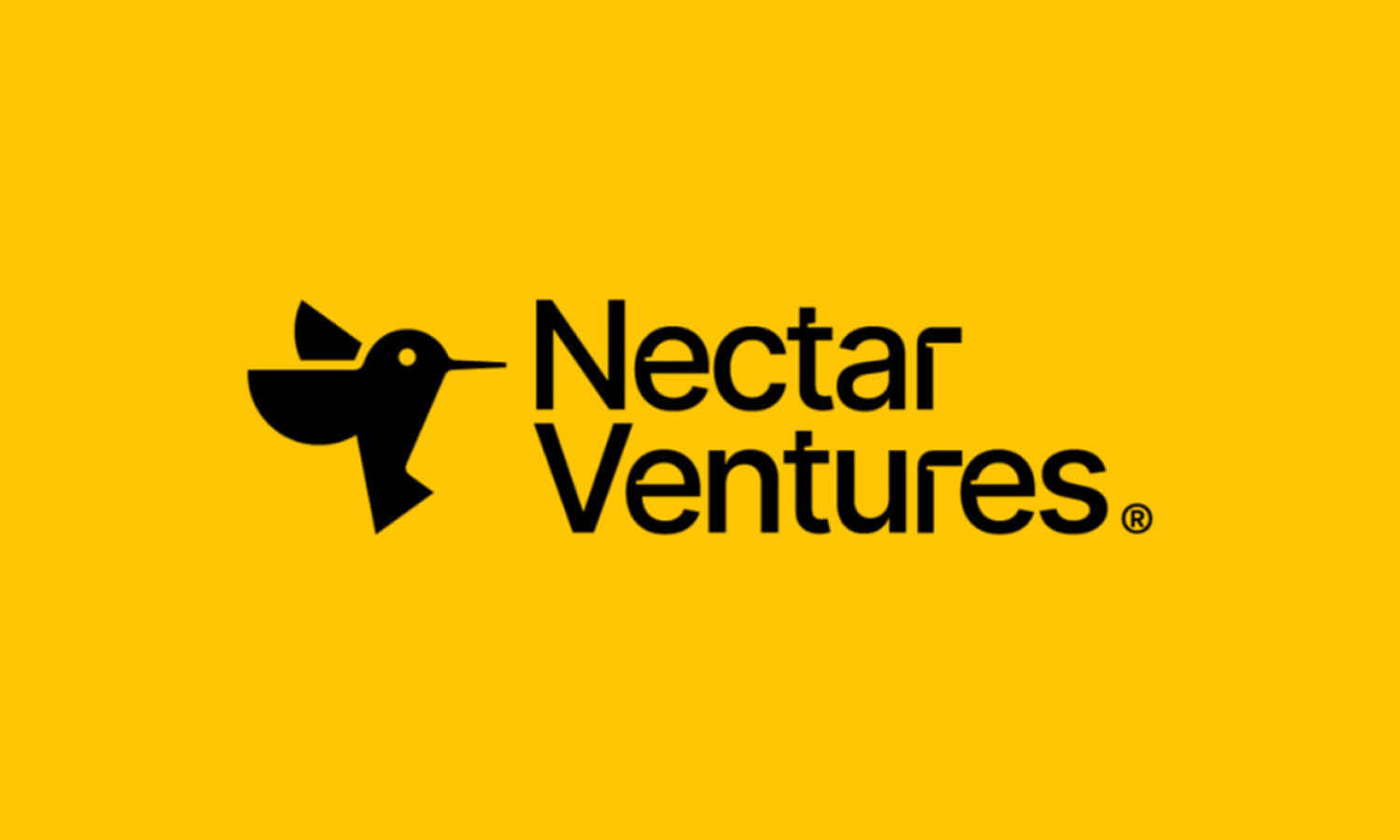
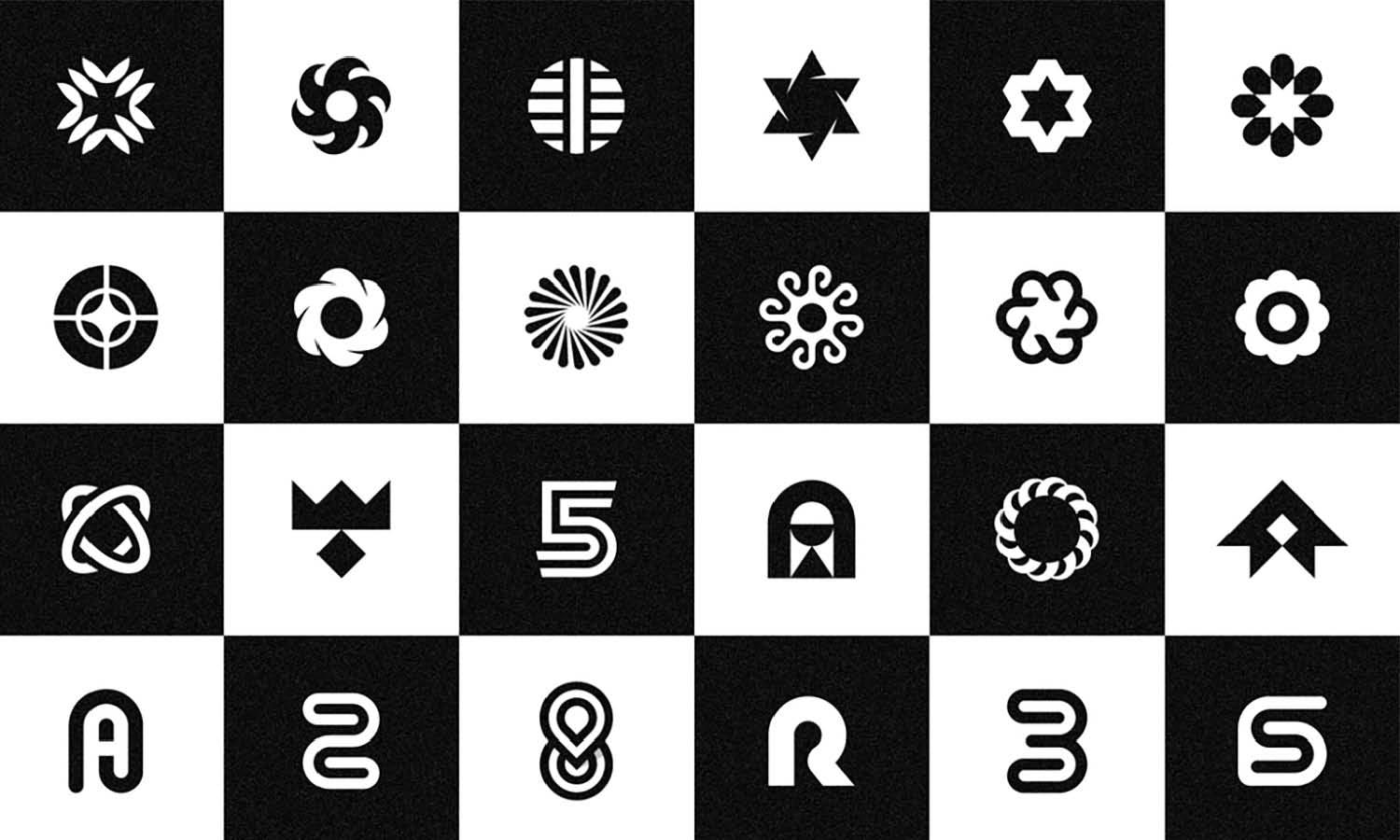

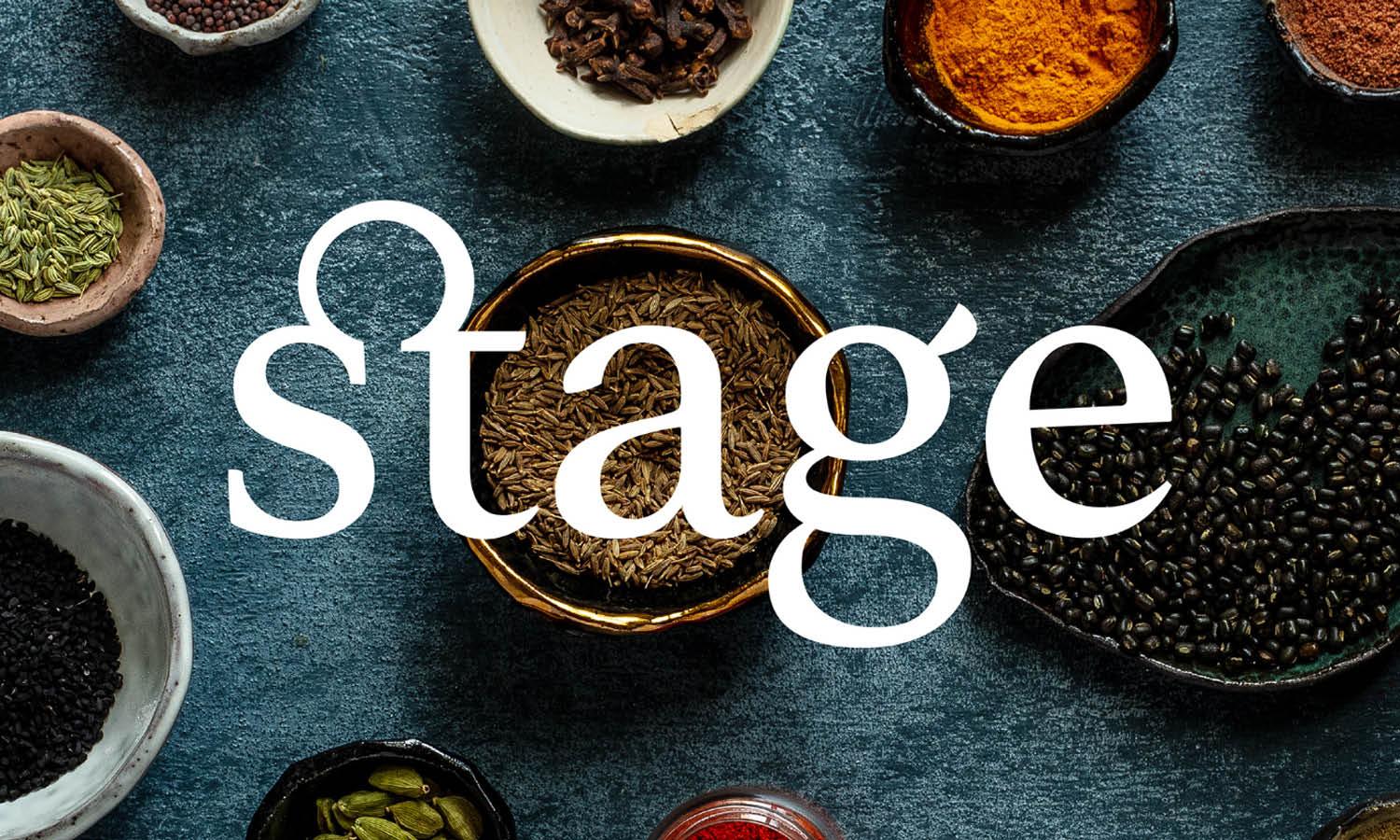








Leave a Comment